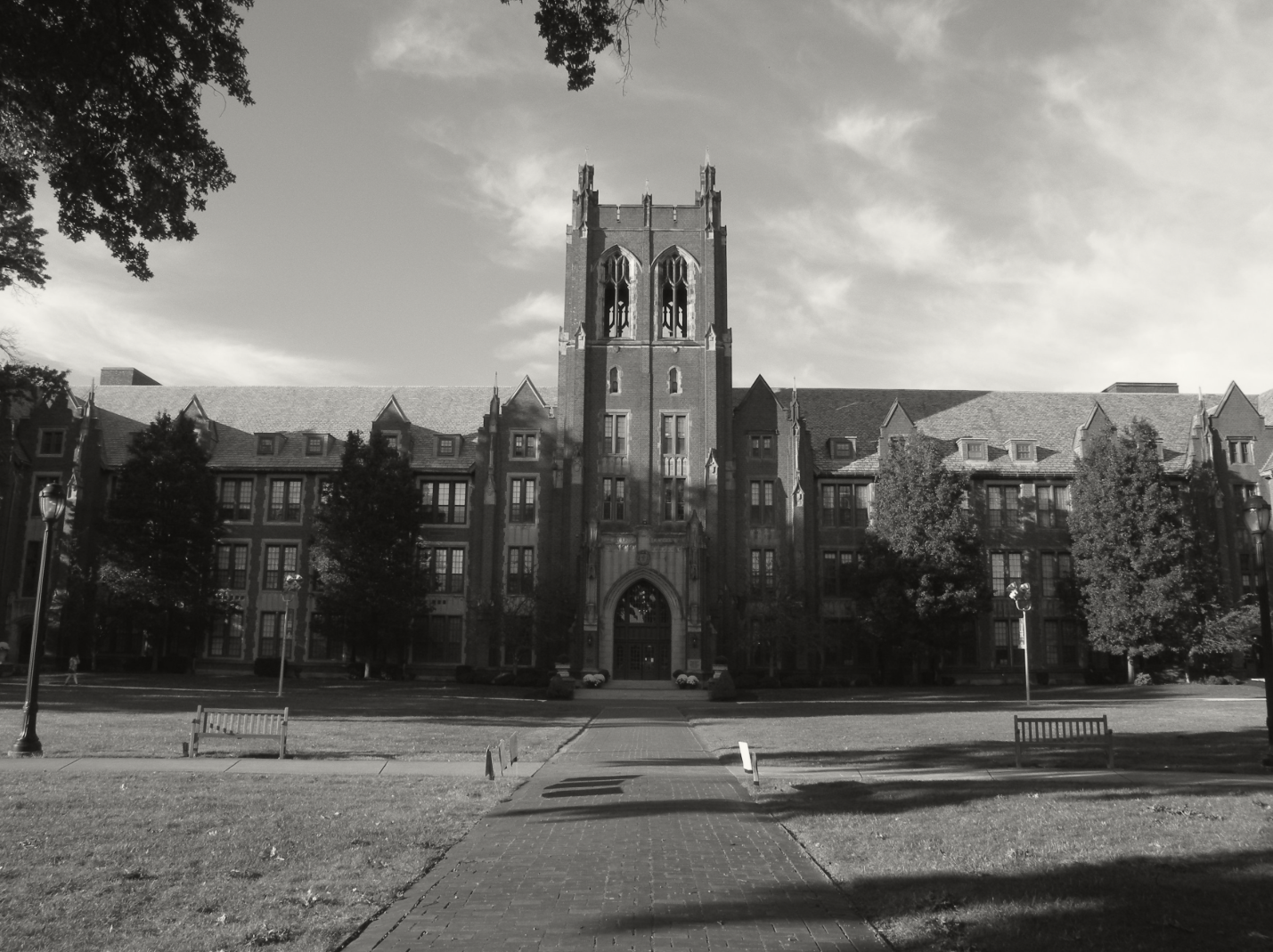
The most consequential—and I think harmful—economist of the 20th century, John Maynard Keynes, uttered the expression headlining this article. Keynes believed public policy should concentrate on immediate, short-run problems. With that in mind, I have been part of American higher education for over six decades, and this is easily the most significant year in terms of federal public policy events perceived to adversely affect the nation’s colleges and universities.
The Trump administration all but formally declared war on our oldest university, Harvard, and other Ivy League schools like Columbia. Other actions threatened the admission of foreign students, cancelled or reduced many federal research grants, and challenged the system of accreditation.
And that was before the One Big Beautiful budget deal miraculously became law.
[RELATED: The Big Beautiful Bill Gives Some of Higher Ed’s Ugliest Problems a Makeover]
Borrowing limits were put on graduate and professional federal student loans. A small federal endowment tax rate was as much as quintupled. Limits were put on Parent PLUS Loans. A provision could end federal loan availability for students at schools where the average earnings of graduates are less than the typical earnings of a high school graduate.
I have two reactions.
One: Unlike most in the higher ed biz, I think these policy moves were, on balance, probably beneficial—making it crystal clear that colleges are not woke little enclaves that can behave any way they want. If anything, some initiatives didn’t go far enough—for example, fully phasing out the federal student loan program.
Two: Colleges need to be shaken up now, because the long run—that dirty expression from Keynes—bodes poorly for American colleges and universities, and for several reasons.
First, of course, is the well-recognized sharp worldwide decline in fertility. Colleges mainly serve young adults, and they are becoming scarcer as young people shun procreation and traditional family formation. Is humanity headed down the same path as the dinosaurs? Fewer babies will be born in the United States in 2025 than in 1960, when the American population was over 40 percent smaller.
Second, the rapid rise in the quality of foreign universities, most notably perhaps in Asia, means the lucrative and substantial influx of international students may stagnate and even decline. Indeed, expect a rise in American students traveling overseas to earn college degrees.
Third—and less often recognized, though arguably more important—technological change, once a benefit to the well-trained and educated, may now have neutral or even harmful effects. During the Industrial Revolution in Britain and later in the United States, machines replaced manual labor. Textile workers lost their jobs to spinning jennies and power looms, just as today, in modern America, robots are reducing labor needs in the massive warehouses of companies like Amazon.
But the big new upending innovation is artificial intelligence (AI). We are inventing machines that are learning how to think and perform mental functions. Therefore, AI may eliminate the need for some computer specialists—namely, coders—who historically have been college-trained. Perhaps AI will increasingly perform some of the work of accountants. Machines will replace highly educated persons, not only unskilled or semi-skilled workers with a high school education.
[RELATED: Vedder’s Case for Creative Destruction]
Humans have forever adjusted to technological change. But colleges often act more like medieval manors than nimble institutions that embrace innovation. Higher education, always needing outside public support, needs it more than ever. In the short run, it is possible for universities to make some relatively easy but productivity-enhancing changes.
American students earning bachelor’s degrees are in class typically for about 30—seven to eight months annually for four years. Why not do it in three years, like it is done at Oxford and throughout Europe? Abandon the medieval-like prevailing academic village model so that buildings, professors, students, and others are more productively occupied year-round. Similarly, use cost-benefit analysis to rethink the Publish or Perish environment permeating America’s universities.
I have said it umpteen times: colleges are utterly dependent on public support, so the Trump Administration’s quasi-jihad against colleges may be good in waking them up on the need to be attuned to the views of mainstream Americans, ones who are not ultra-woke but rather supportive of traditional American virtues like having a strong work ethic, a thirst for innovation and change, and religious faith.
Today’s college kids are not going to be dead in the long run—say 30-40 years. They are going to be running America.
Image: “Notre Dame College Administration Building from Quinlivan Circle” by Josephgg216 on Wikimedia Commons
Universities are, as the author notes, institutions derived from a feudal past. But it is important to note that the most successful parts of universities, the sciences, are essentially organized in a capitalistic framework, with tens of thousands of small laboratories competing for funding from government, charitable organizations, and private industry and producing measurable outputs. Note the similarity with China, where the
government is nominally communist but the economic organization is essentially capitalistic. Carrying this analogy further, the humanities and liberal arts are the “government” of universities, whereas the sciences are the the economic organization.
Incidentally, Keynes was one of the greatest economists ever, as he theorized that governments could reduce or eliminate the effects of economic depressions that used to plague capitalistic societies. As such, the Western world has not suffered a depression since the 1930’s, due to governmental action (i.e., money) to handle economic downturns. In fact, it’s hard to think of any terribly useful economic theories being
developed since Keynes.